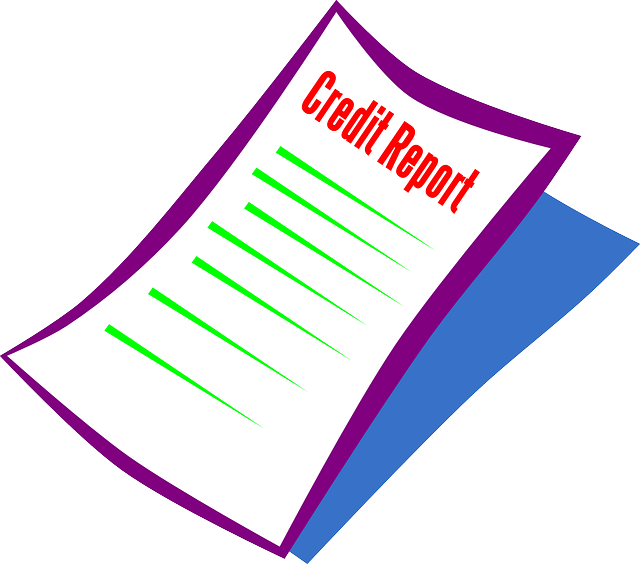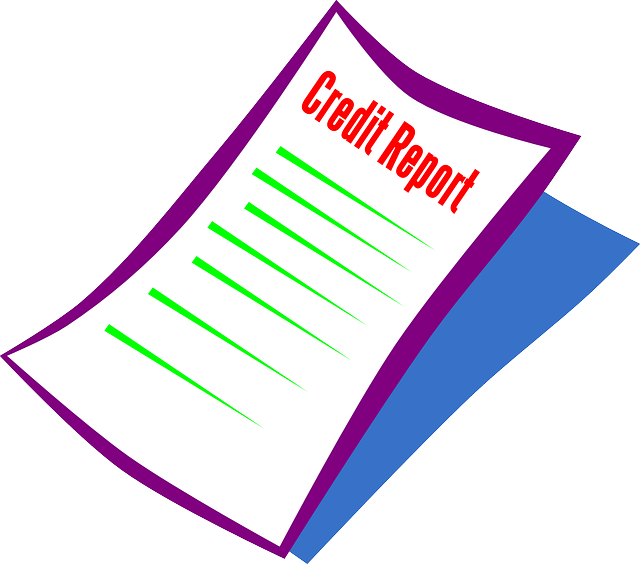Student loan refinancing through loan consolidation options simplifies debt management during financial crises. Combining multiple loans into one with lower interest rates reduces payments and the principal balance. Debt reduction plans, including emergency debt assistance and debt settlement programs, offer temporary relief, negotiation, and potential forgiveness. While these financial crisis solutions help manage overwhelming debt, thorough research is crucial to understand risks and penalties.
“Unraveling the complexities of student loan refinancing is a crucial step towards achieving financial freedom. This comprehensive guide navigates the diverse landscape of repayment options for borrowers seeking relief from their educational debt. From understanding the fundamentals of loan refinancing to exploring specialized solutions like loan consolidation and crisis-specific strategies, this article equips readers with insights into managing and reducing their loans. Delve into effective debt reduction plans and discover emergency assistance programs, as well as a critical comparison between traditional refinancing and debt settlement options.”
- Understanding Student Loan Refinancing: A Comprehensive Overview
- Loan Consolidation Options: Streamlining Your Repayment Process
- Financial Crisis Solutions: Navigating Turbulent Times with Debt Relief
- Exploring Debt Reduction Plans: Strategizing for a Brighter Financial Future
- Emergency Debt Assistance Programs: Lifelines in Times of Need
- Debt Settlement vs. Traditional Refinancing: Weighing Your Options
Understanding Student Loan Refinancing: A Comprehensive Overview

Student loan refinancing is a powerful tool for borrowers looking to navigate their debt more effectively. It involves replacing existing student loans with new ones, often at better terms like lower interest rates or extended repayment periods. This strategy can simplify repayment by combining multiple loans into one and potentially reduce monthly payments.
Understanding Loan Consolidation Options is key to managing student debt. During a financial crisis, these solutions offer a way out, providing relief from overwhelming debt burdens. Debt reduction plans, including loan consolidation and settlement programs, are designed to make repayment more manageable and even eliminate some of the principal balance. Emergency debt assistance programs further support borrowers facing unforeseen circumstances by offering temporary relief and guidance for managing student loans.
Loan Consolidation Options: Streamlining Your Repayment Process

Loan Consolidation Options are an excellent way for students to simplify their repayment process and manage their financial crisis solutions. By combining multiple loans into one, borrowers can benefit from reduced interest rates and more manageable payments. This strategy is a key component of effective debt reduction plans, as it makes it easier to stay on top of repayments and avoid the pitfalls of multiple due dates.
Many institutions offer loan consolidation services, including federal and private lenders. These programs often come with flexible terms, allowing borrowers to choose repayment periods that suit their financial capabilities. Emergency debt assistance is available for those who qualify, providing a safety net during challenging times. Additionally, debt settlement programs can help negotiate with lenders for lower interest rates or even the forgiveness of a portion of the debt, though these options should be considered carefully due to potential penalties.
Financial Crisis Solutions: Navigating Turbulent Times with Debt Relief

Many students find themselves navigating a financial crisis after graduation, burdened by significant loan debt. During these turbulent times, exploring financial crisis solutions is essential for achieving relief and managing loans effectively. One popular option is loan consolidation, which combines multiple debts into a single, more manageable loan with potentially lower interest rates. This strategy simplifies repayment and can reduce the overall cost of borrowing.
Additionally, students should consider debt reduction plans tailored to their financial situations. Emergency debt assistance programs often provide support through counseling services and negotiation with lenders. Debt settlement programs, on the other hand, aim to resolve debts for a fraction of the total amount owed. These options offer valuable tools to overcome financial challenges, but it’s crucial to research reputable providers and understand potential risks before signing up for any loans debt consolidation or settlement program.
Exploring Debt Reduction Plans: Strategizing for a Brighter Financial Future

Many students find themselves burdened by loan debt after graduation, facing a daunting task of repaying their loans with limited financial resources. This is where exploring debt reduction plans becomes crucial in navigating through a potential financial crisis. Students can consider various options such as loan consolidation to simplify repayment processes and potentially lower interest rates. By bundling multiple loans into one, individuals can enjoy the convenience of making a single monthly payment, which can significantly reduce stress and streamline their finances.
Additionally, there are debt settlement programs and emergency debt assistance initiatives that aim to provide solutions for those struggling with loan debt. These programs often involve negotiations with lenders to restructure or forgive portions of the debt, offering a fresh start. Students should actively research these alternatives, understanding the potential benefits and drawbacks, as they strive to create a sustainable financial plan for their future.
Emergency Debt Assistance Programs: Lifelines in Times of Need

In times of financial crisis or unexpected life events, students and young adults may find themselves burdened with overwhelming student loan debt. This is where Emergency Debt Assistance Programs step in as lifelines, offering much-needed support and solutions for those struggling to manage their loans. These programs are designed to provide temporary relief and help individuals navigate through challenging circumstances without the long-term consequences of defaulting on their debts.
Emergency Debt Assistance can take various forms, including loan consolidation options that simplify repayment by combining multiple loans into one manageable debt. There are also debt settlement programs that negotiate with lenders for reduced interest rates or principal amounts. Such initiatives are especially beneficial for those facing financial hardships, such as job loss or unexpected medical emergencies, which can significantly impact their ability to repay student loans. With the right assistance, individuals can explore debt reduction plans tailored to their unique situations, ensuring they regain control over their finances while effectively managing their student loan debt.
Debt Settlement vs. Traditional Refinancing: Weighing Your Options

When considering your student loan refinancing options, understanding the difference between debt settlement and traditional refinancing is crucial for making an informed decision about your financial crisis solutions. While both approaches aim to reduce your loan burden, they operate on distinct principles.
Debt settlement programs involve negotiating with lenders to forgive a portion of your loans as an emergency debt assistance measure. This can be appealing during periods of financial hardship, but it also carries risks. Successful settlement requires substantial cash reserves and may impact your credit score. In contrast, traditional refinancing, including loan consolidation options, offers more predictable results. By securing a new loan with a lower interest rate, you repay the original loans and reduce monthly payments. This method focuses on debt reduction plans that are feasible within your current financial capabilities.







